Premium Only Content
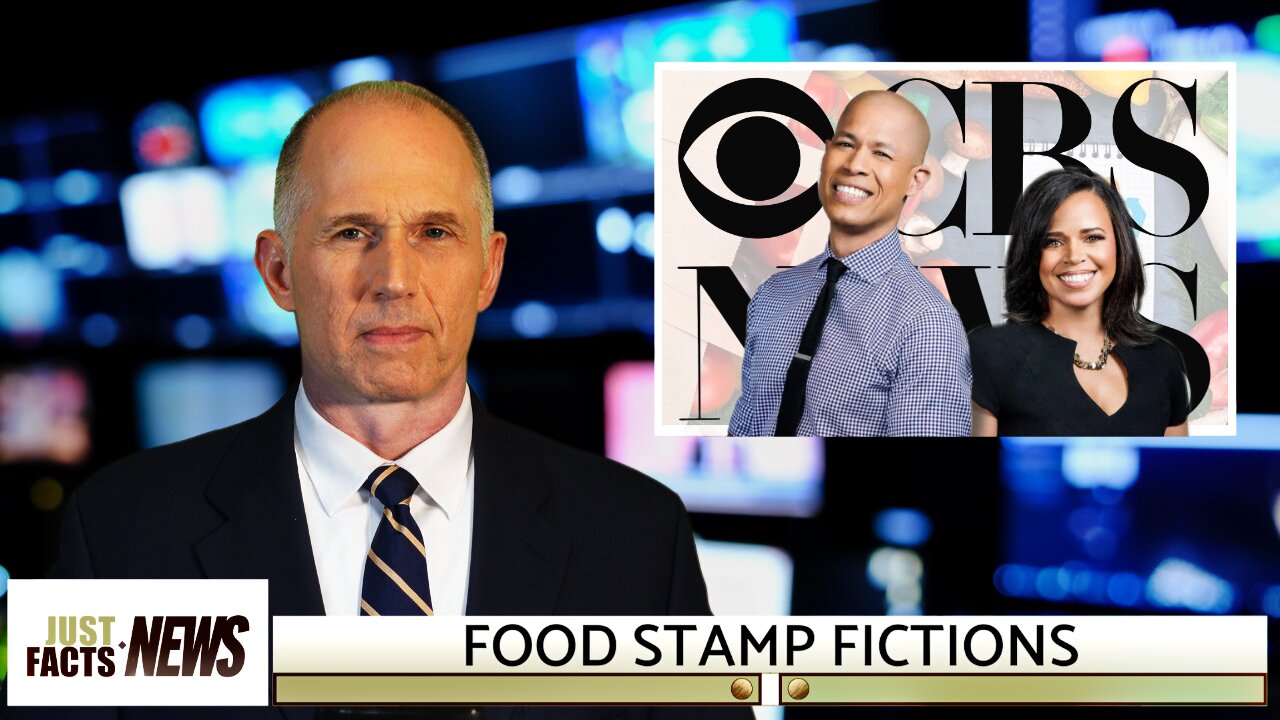
Food Stamp Fictions
Description:
People who take Food Stamps are 79% more likely to suffer from hunger than people with equivalent incomes who don’t take Food Stamps.
SOURCES:
In a recent episode of CBS News, anchor Anne-Marie Green claimed, “So, you know, people should sort of understand that this, the SNAP benefits, were sort of in place to help during the pandemic, but here’s what happened since then, since then. The price of food has gone through the roof, even when, you know, other prices have sort of stabilized or gone down, it’s still super expensive to buy food, particularly healthy food.” https://www.cbsnews.com/news/food-stamps-snap-benefits-cuts-march-2023/
SNAP benefits (previously called Food Stamps) are automatically indexed every year to the prices of food: https://www.fns.usda.gov/snap/allotment/COLA
SNAP benefits rose by 12.5% at the start of the 2023 federal fiscal year:
• In the 2022 fiscal year, “maximum allotments” for a family of four “will increase” to “$835.” https://www.fns.usda.gov/snap/fy-2022-cost-living-adjustments
• In the 2023 federal fiscal year, “maximum allotments” for a family of four “will increase” to “$939.” https://www.fns.usda.gov/snap/fy-2023-cola
• CALCULATION: ($939 – $835) / $835 = 12.5%
At the start of the 2022 federal fiscal year, the Biden administration raised Food Stamp benefits by 21%, well above the rate of food inflation: https://www.gao.gov/products/gao-23-105450
In the same CBS News episode, anchor Vlad Duthiers claimed, “So, as you are aware, economists have drawn parallels between this policy and reductions in poverty, real reductions.” https://www.cbsnews.com/news/food-stamps-snap-benefits-cuts-march-2023/
The federal government doesn’t include SNAP benefits in its the official federal poverty measure: “The income and poverty estimates shown in this report are based solely on money income before taxes and do not include the value of noncash benefits such as those provided by the Supplemental Nutrition Assistance Program, Medicare, Medicaid, public housing, or employer-provided fringe benefits.” https://www.census.gov/content/dam/Census/library/publications/2020/demo/p60-270.pdf
A USDA measure called “very low food security” roughly corresponds to “food insecure with hunger”: https://www.ers.usda.gov/amber-waves/2007/june/struggling-to-feed-the-family-what-does-it-mean-to-be-food-insecure/
Among households who are poor enough to receive Food Stamps, the rate of hunger is 79% higher for people who take Food Stamps than those who don’t:
• “Table 8. Percentage of households by food security status and participation in selected Federal nutrition assistance programs, 2021 … “With very low food security … Received SNAP benefits [=] 17.0 … Did not receive SNAP benefits [=] 9.5” https://www.ers.usda.gov/webdocs/publications/104656/err-309.pdf
• CALCULATION: (17.0 – 9.5) / 9.5 = 79%
Scholars have attempted to explain why “the prevalence of very low food security among households participating in SNAP was double that of nonparticipating households in the same low-income range” by theorizing that those who take SNAP benefits have “greater difficulty meeting their food needs” than those who don’t take SNAP benefits. https://www.ers.usda.gov/webdocs/publications/79761/err-215.pdf
Scholars assume the theory above must be true because there’s no reason why giving people Food Stamps could increase hunger: “Using a multivariate logit regression framework, for example, Wilde and Nord (2005) estimate a negative impact of food stamp participation on food security even after controlling for unobserved fixed effects. Given no plausible mechanism through which food stamps would diminish food security, they conclude that their estimated coefficient is biased due to unobserved time-varying household characteristics.” https://core.ac.uk/download/pdf/212843728.pdf
“Moral hazard” is “the risk that an individual or organization will behave recklessly or immorally when protected from the consequences.” https://www.thefreedictionary.com/Moral+Hazard
CBS News footage is reproduced under the fair use provision of U.S. copyright law for “purposes such as criticism” and “comment” (17 U.S.C. §107). https://www.law.cornell.edu/uscode/text/17/107
-
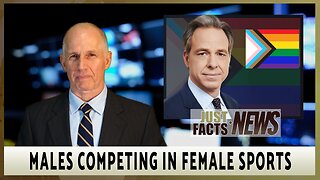 4:07
4:07
Just Facts
4 months agoMales Competing in Female Sports
2.31K3 -
 3:01:07
3:01:07
TimcastIRL
11 hours agoCharlie Kirk Assassinated, Suspect In Custody | Timcast IRL
652K1.08K -
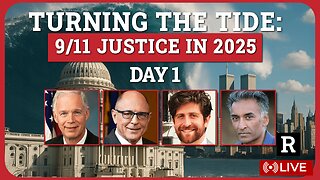 5:44:49
5:44:49
Redacted News
14 hours agoTurning the Tide: 9/11 Justice in 2025 — Day 1 with Sen. Ron Johnson, Richard Gage and More
191K87 -
 2:48:00
2:48:00
TheSaltyCracker
11 hours agoYou're Being Hunted ReeEEStream 9-10-25
314K664 -
 13:09:56
13:09:56
LFA TV
1 day agoBREAKING: CHARLIE KIRK ASSASSINATED - WEDNESDAY 9/10/25
394K131 -
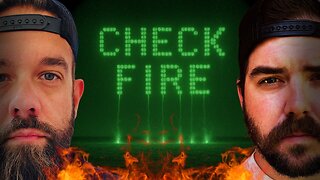 1:31:08
1:31:08
I_Came_With_Fire_Podcast
11 hours agoCheck Fire: God Bless Charlie Kirk
108K33 -
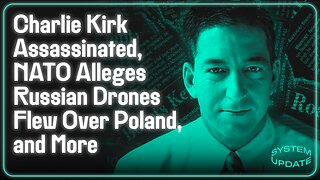 1:13:35
1:13:35
Glenn Greenwald
13 hours agoCharlie Kirk Assassinated; NATO Alleges Russian Drones Flew Over Poland, and More | SYSTEM UPDATE #512
305K342 -
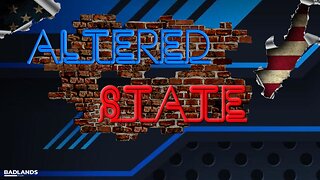 1:46:28
1:46:28
Badlands Media
1 day agoAltered State S3 Ep. 45: The Assassination of Charlie Kirk
178K32 -
 8:56:53
8:56:53
Dr Disrespect
20 hours ago🔴LIVE - DR DISRESPECT - THE FINALS - NEW SEASON 8 LAUNCH EVENT W/ THE SHOTTY BOYS
291K11 -
 27:00
27:00
BonginoReport
14 hours agoRest In Peace Charlie Kirk - Nightly Scroll w/ Hayley Caronia (Ep.131) - 09/10/2025
273K423